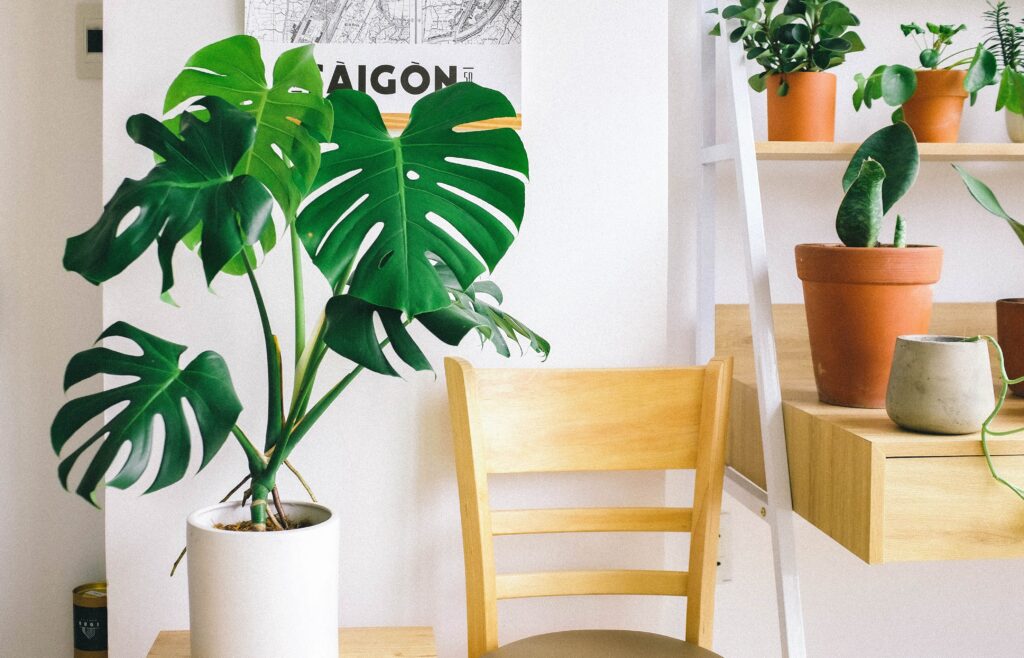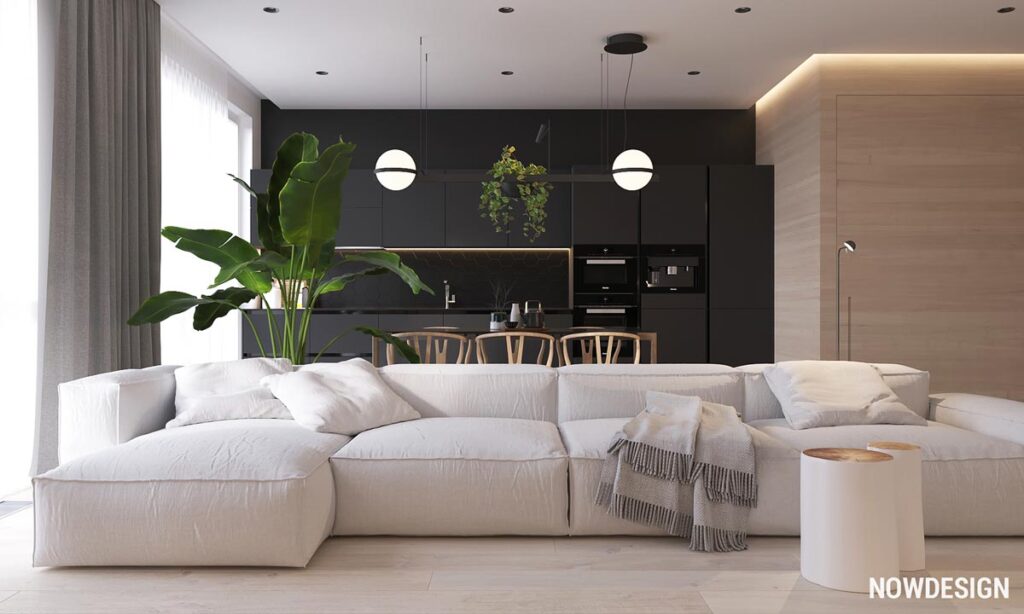8 Ways To Incorporate Indoor Plants Into Your Interior Design For A Fresh Look
In Malaysia, where many homes and apartments are situated in urban areas such as Kuala Lumpur and Petaling Jaya areas, with limited access to green spaces, incorporating indoor plants into your interior design can be a great way to bring a touch of nature into your home. Indoor plants not only add aesthetic value to your space but also have numerous health benefits, including improving air quality and reducing stress levels. With so many different ways to incorporate plants into your interior design, you can easily find the perfect solution that works for your space and lifestyle. Here are 8 ideas to get you started on creating a fresh and natural look in your Malaysian home.

- A large potted plant can be an eye-catching addition to any room. It can create a focal point and add height to the space, making it feel larger and more open. A large plant such as a fiddle leaf fig or a monstera can also add drama and visual interest to a room. To ensure the plant thrives, make sure it receives enough light and is in a pot with proper drainage.
- Hanging plants from the ceiling or walls is an excellent way to add greenery to a room without taking up valuable floor space. This creates a living wall effect, making the space feel lush and inviting. Hanging plants such as spider plants, pothos, or ivy are easy to care for and can thrive in a variety of light conditions. To ensure they are hung securely, use a sturdy hook or anchor and consider using a macrame hanger for added visual interest.
- Small plants placed on bookshelves or windowsills can add a pop of color and texture to any room. This works especially well in spaces with neutral colors, adding a natural element to the decor. Choose small plants such as succulents or herbs that require little maintenance and can thrive in various lighting conditions. Consider adding decorative planters to complement the overall style of the room.
- Using a variety of plant types can add interest and dimension to a room. Mixing and matching plants with different leaf shapes, colors, and sizes can create a visually appealing display. This can also add texture and depth to a space, making it feel more inviting. When selecting plants, consider the lighting conditions in the room and choose plants that are suitable for those conditions.
- Grouping plants together in clusters can make a statement and create a cohesive look in any room. This can be achieved by grouping plants of different sizes and types together in one area. It can also be achieved by creating a plant shelf or grouping plants of similar heights and shapes together. Grouping plants together can also create a sense of rhythm and balance in a room, making it feel more harmonious.
- Using plants as room dividers is an innovative way to add greenery and functionality to any space. Tall plants can provide privacy and separate different areas within a room, creating a more defined and visually appealing living space. Additionally, plants can also serve as natural sound barriers, absorbing noise and reducing echo.
When selecting plants for room dividers, consider their size, shape, and growth patterns. A tall and narrow plant, such as a bamboo palm or dracaena marginata, is perfect for creating a natural partition without taking up too much space. Alternatively, hanging plants or trailing vines can also be used to separate areas while adding visual interest. - Choosing plants that thrive in low-light areas is crucial for homes that receive limited natural light. Low-light plants such as snake plants, ZZ plants, and peace lilies are great choices as they can thrive in areas with minimal sunlight. These plants have adapted to low-light conditions by developing larger leaves to capture as much light as possible.
Additionally, they are low maintenance and can tolerate neglect, making them ideal for those who are new to plant care. When selecting low-light plants, consider the specific conditions in your home, such as humidity and temperature. Some low-light plants, like snake plants, can also purify the air, making them a smart choice for improving indoor air quality. - Incorporating plants into unexpected areas of the home can add a touch of natural beauty and improve indoor air quality. Bathrooms and kitchens are often humid areas that can benefit from the addition of plants. Bathrooms can be transformed into a tranquil spa-like environment with the addition of plants such as ferns or spider plants, which thrive in the high humidity levels.
Similarly, kitchens can be enhanced with the addition of herbs such as basil or rosemary, which can be used in cooking while adding a fresh aroma to the room. When selecting plants for bathrooms and kitchens, choose species that can tolerate high levels of moisture and fluctuating temperatures. Additionally, make sure to provide adequate drainage and avoid over-watering, as these areas are prone to excess moisture buildup.

In conclusion, adding indoor plants to your interior design is a simple and effective way to create a fresh and inviting atmosphere in your home. With the numerous benefits that plants provide, such as improving air quality, reducing stress levels, and enhancing overall well-being, it’s no wonder that more and more people are embracing the trend of indoor gardening.
So go ahead and get creative with indoor plants in your home, whether you have a small apartment or a spacious house. With a little bit of planning and effort, you can easily transform your living space into a green oasis that will make you feel happier, more relaxed, and more connected to nature.
Ready to transform your home? Click here to schedule a free consultation with us today and let’s turn your dream home into a reality!

Follow our socials to get the latest updates or WhatsApp us to get to know about our services!